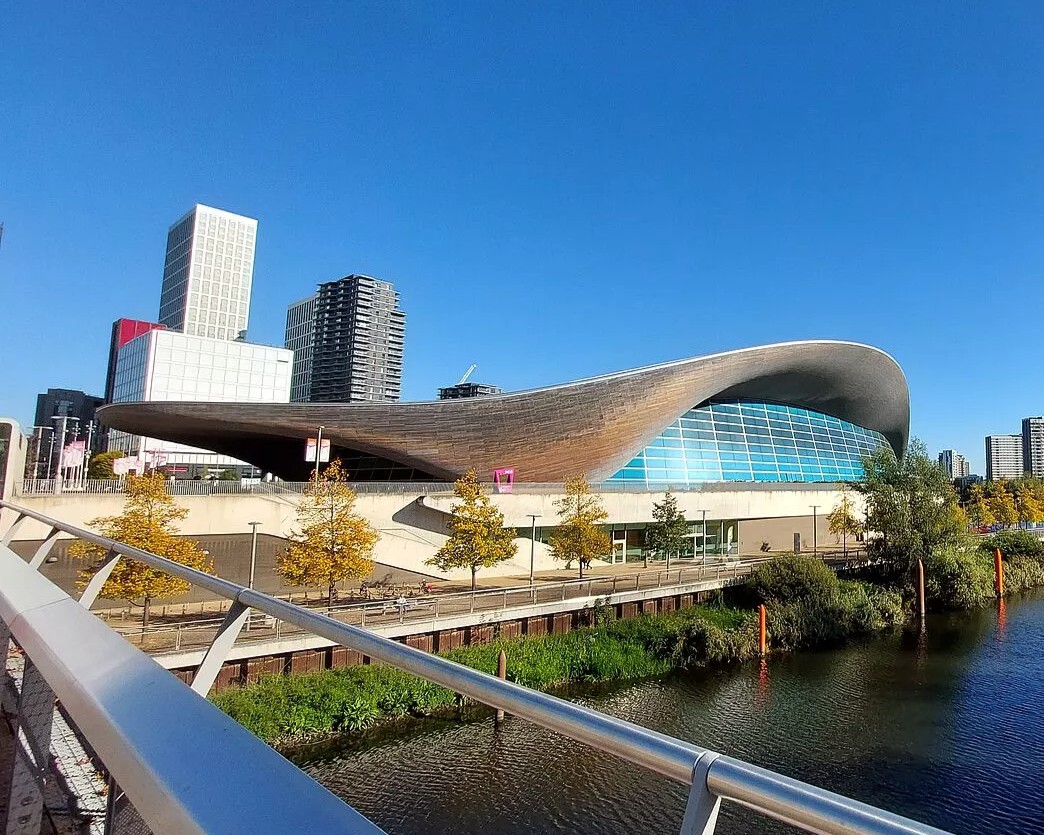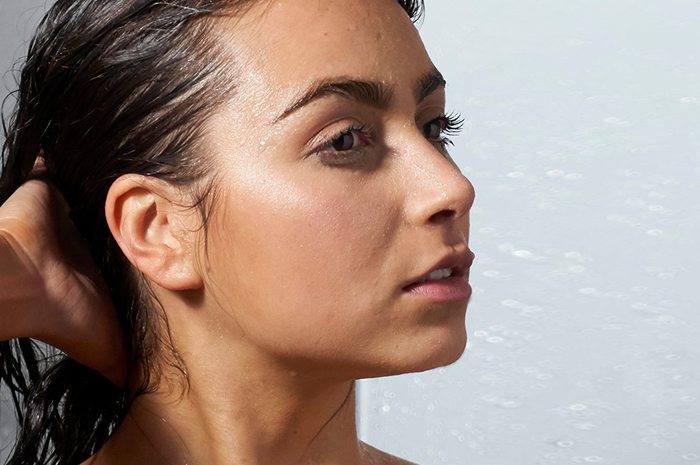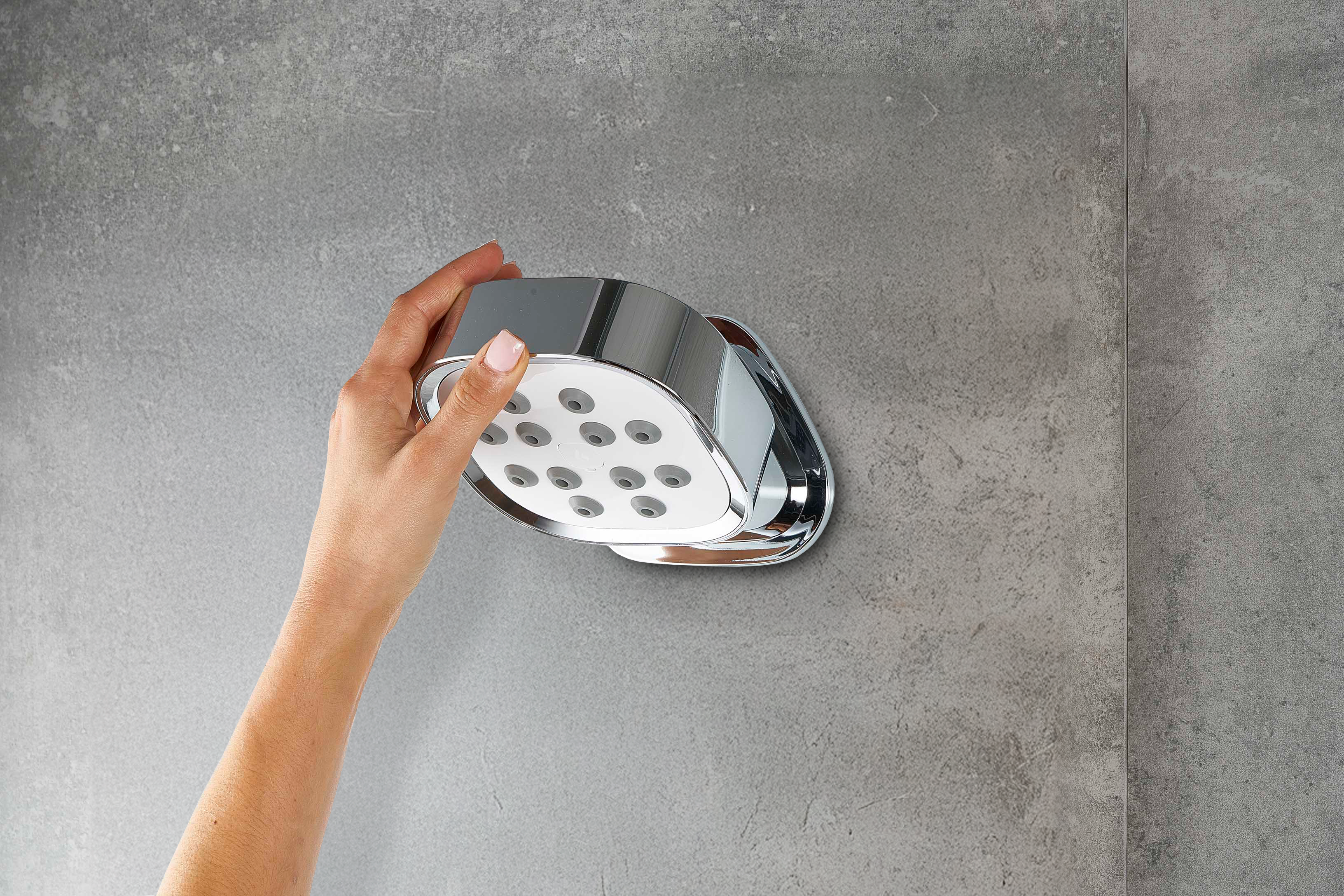Looking after your Kelda shower
Watch Maintenance Video
Watch our latest maintenance video on YouTube here. Turn subtitles on.
Watch Installation Video
How to care for your stainless steel?
Cleaning and disinfection of air hoses
Daily/Weekly Hygiene
Quarterly Hygiene
6 Monthly Visual and Hygiene
Instructions for dismantling and reassembling head for cleaning
Best advice for disinfecting and reinstating Kelda Showers after a prolonged period of unuse.
Can't find what you're looking for?
Related Links

Testimonials: Discover what our clients have to say about Kelda
Find Out More
Kelda Showers are recognised within Appendix Q of the UK governments SAP and RdSAP
Find Out More

